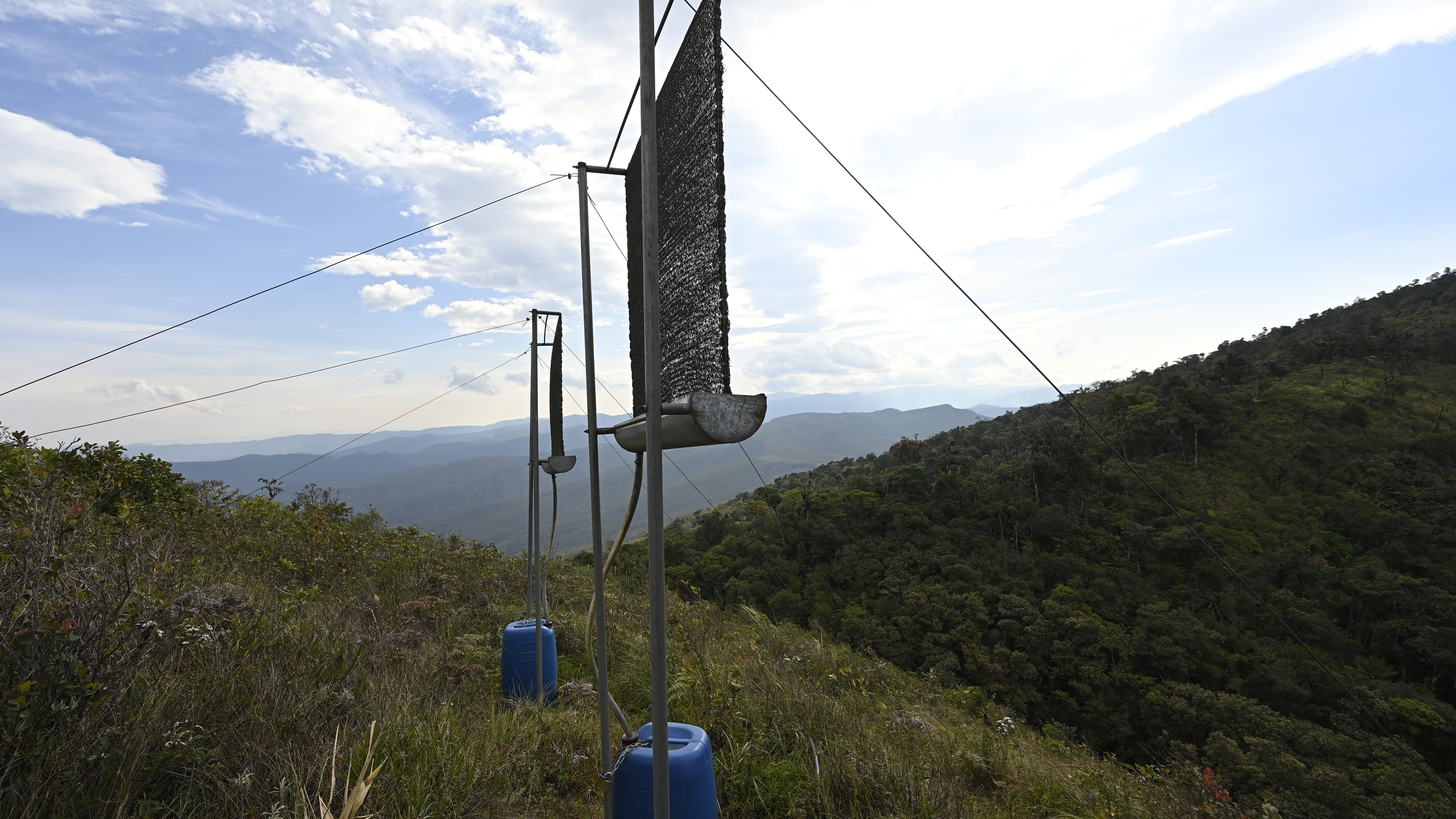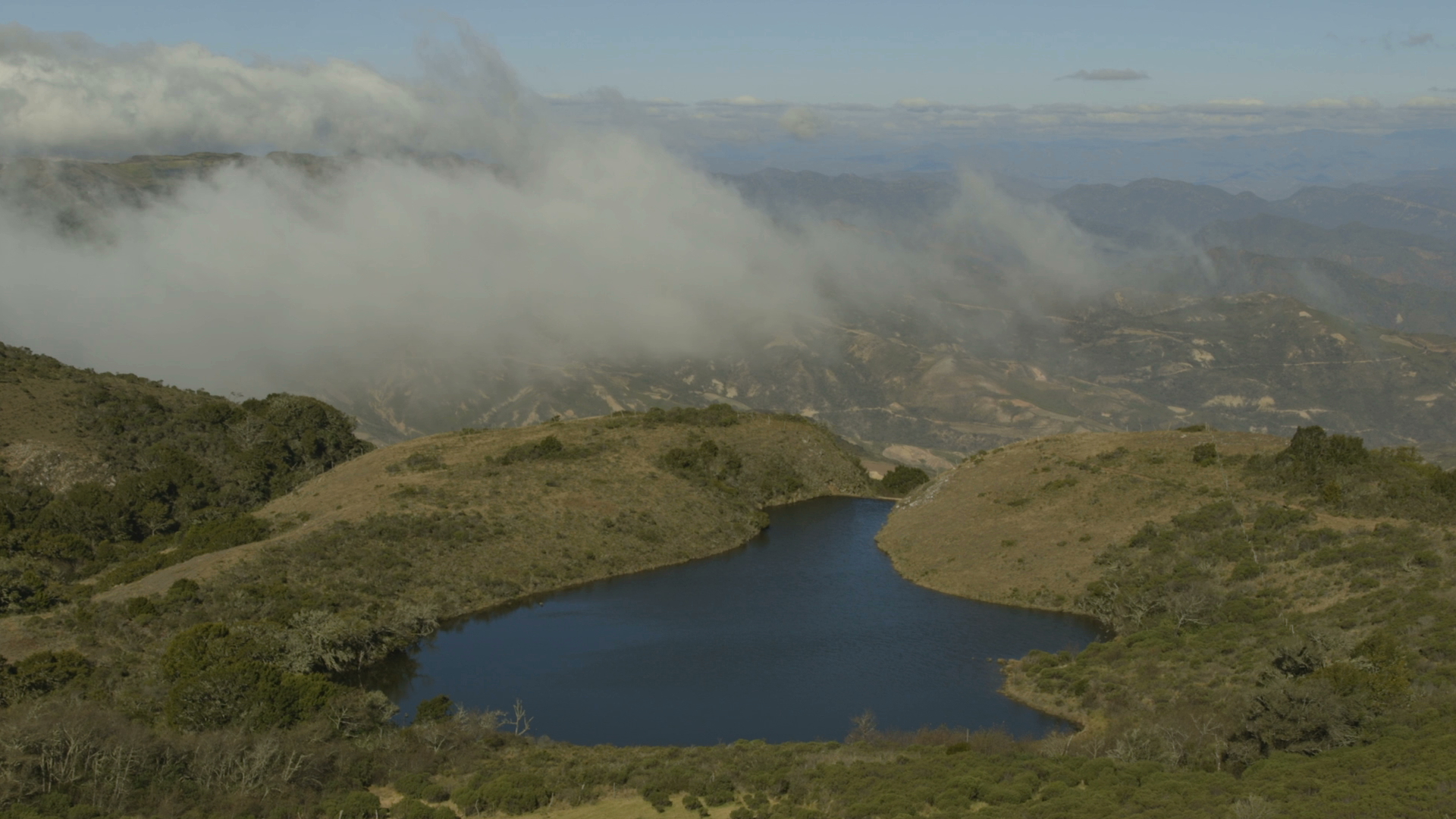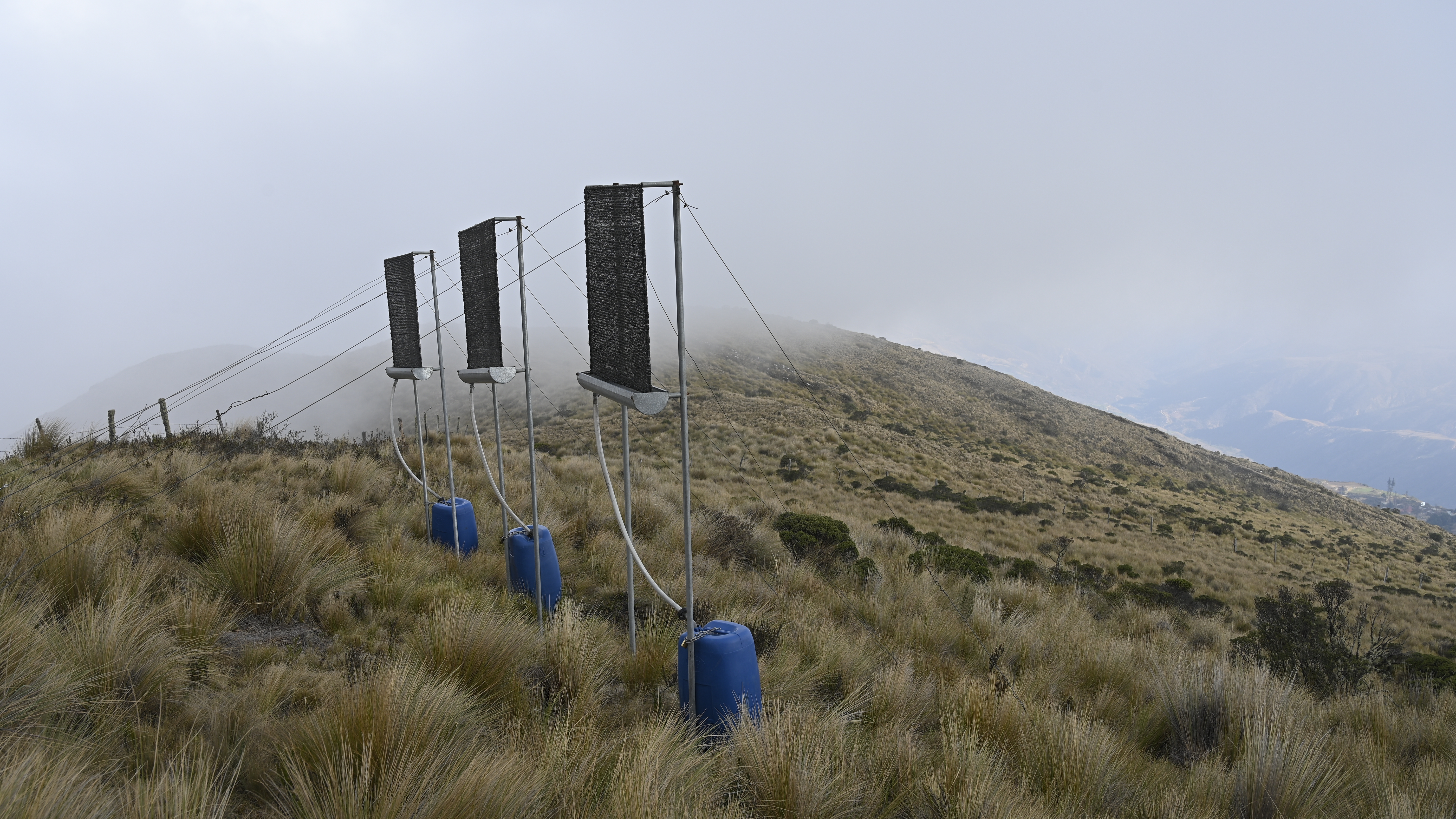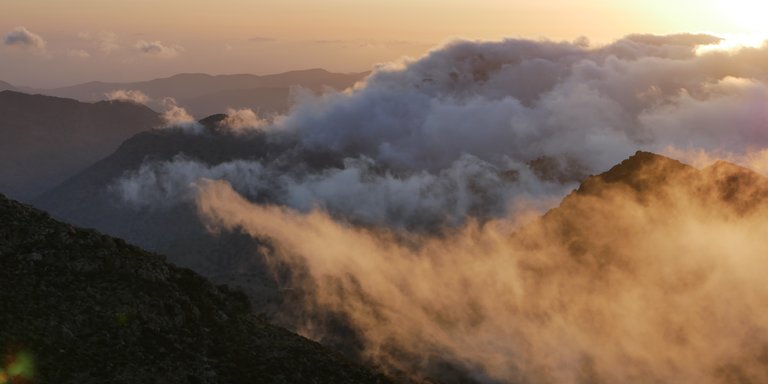
New fog net project in Bolivia
properties.trackTitle
properties.trackSubtitle
At the foot of the eastern Bolivian Andes, in the Valles Crucenos region, there is virtually no rain at all from April to November. Rivers and wells dry out, and drinking water needs to be rationed and collected from remote mountain sources by taking long hikes. Together with the Water Foundation and the Oswald Foundation, Munich Re Foundation is funding a new fog net project in this region, in Alto Veladero, starting in autumn 2019. The project in the uplands of Bolivia is the winner of our joint tender.

No easy decision for the jury
We received many exciting applications from countries such as Chile, Kenya, Ecuador, and Iran by the submission deadline of 31 May 2019 – and it was no easy decision for the expert jury. Emerging victorious was the Zabalketa aid organisation located in Northern Spain, that has gained a lot of experience in using fog nets, including with partners in Peru and Bolivia. Zabalketa has been working in development cooperation since 1991 and has set itself the goal of contributing towards fair, sustainable and just development. With its water projects, the organisation is looking to facilitate access to clean drinking water in poorer regions and to convey how to use the limited resource water sustainably and efficiently.
Drinking water for a school and 160 farming families
The people in Veladero already have initial experiences in collecting water from fog. Together with its local partner, Instituto de Capacitación del Oriente (ICO), Zabalketa set up fog collectors in the region in 2014/2015, and recorded meteorological data and fog water quantities in a study in 2018. The project area is located in a mountainous region with villages spread far apart – between 500 and 3,000 metres above sea level. It was possible to attain impressive water results there.


Next steps
What happens next? Autumn 2019 will see an on-site visit to the project when the exact locations of the new fog collectors will be decided. Important aspects will be investigated - how many fog nets are required and how will they be aligned? It is precisely this, the exact alignment to the mountain wind, that is often the pivotal factor in how high water yields are. In the Andes, wind speeds are sometimes 70 to 90 km/h. So the project team can only decide on site which CloudFisher model should be used in Veladero: either the smaller CloudFisher Mini or the CloudFisher Pro that is more robust in strong winds. If everything goes to plan, the first CloudFishers should be installed by mid-2020. We look forward to a good working relationship with Zabalketa and the Instituto de Capacitación del Oriente, and our German partner foundations.
13 August 2019 MM



